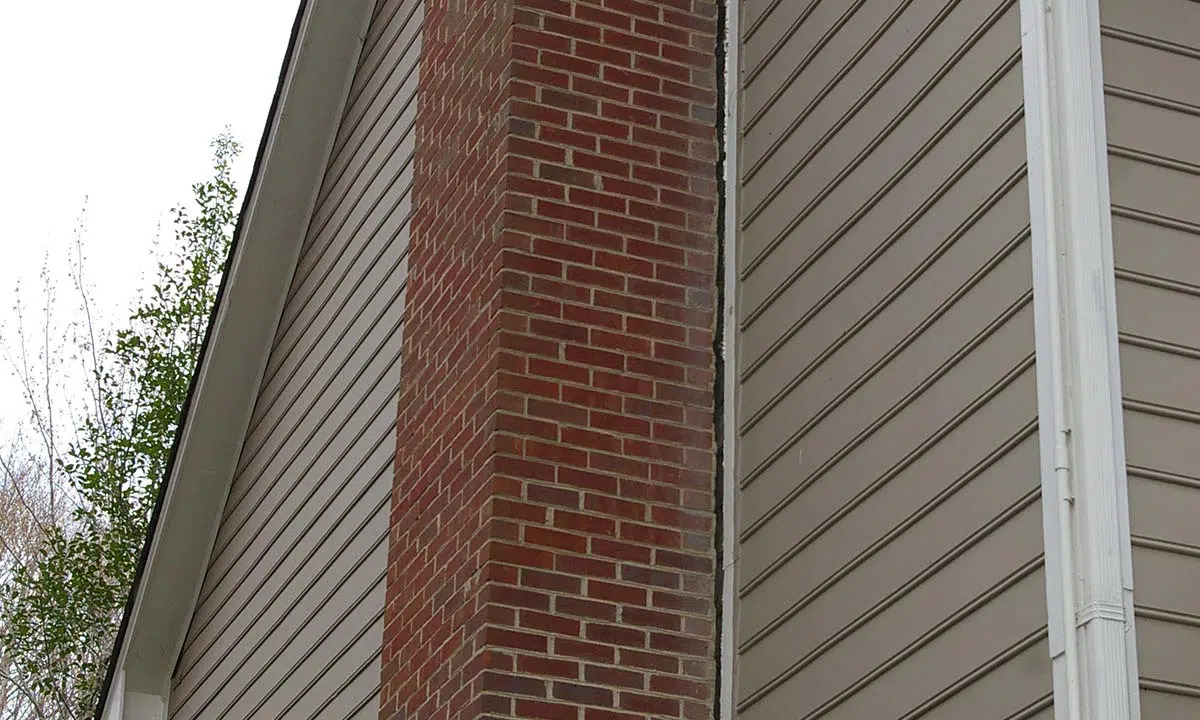

Articles
How To Fix Chimney Pulling Away From House
Modified: August 20, 2024
Learn effective ways to fix a chimney pulling away from your house with our informative articles. Take immediate action to prevent further damage.
(Many of the links in this article redirect to a specific reviewed product. Your purchase of these products through affiliate links helps to generate commission for Storables.com, at no extra cost. Learn more)
Introduction
Having a chimney in your house can be a wonderful addition, providing warmth and adding charm to your home. However, over time, you may notice that your chimney is pulling away from the house. This can be a worrying sight, as it can lead to structural issues and potential hazards. It’s crucial to address this problem promptly to prevent further damage and ensure the safety of your home. In this article, we will explore the causes of chimney pulling away from the house, signs to look out for, safety precautions before fixing it, the materials and tools needed, step-by-step instructions on how to fix it, and tips to prevent it from happening again.
Key Takeaways:
- Addressing chimney pulling away from the house promptly is crucial to prevent structural issues. Understanding the causes, recognizing signs, and prioritizing safety are essential for effective repairs and long-term stability.
- Proactive chimney maintenance, regular inspections, and professional assistance can prevent pulling away issues. By following safety precautions, using the right materials and tools, and seeking expert guidance, you can ensure the safety and integrity of your home.
Read more: How To Keep Birds Away From Chimney
Causes of Chimney Pulling Away from House
There can be several reasons why a chimney starts pulling away from the house. Understanding these causes is essential in order to address the issue effectively. Here are some common factors that can contribute to a chimney pulling away:
- Foundation Problems: One of the primary reasons for a chimney pulling away is foundation issues. Over time, the soil beneath the foundation can shift, causing the foundation to sink or settle unevenly. As a result, the chimney can become disconnected from the house.
- Structural Settling: Another cause can be the settling of the entire structure, including the chimney. This can happen due to the natural aging of the building or poor construction practices. Over time, the settling can cause the chimney to move away from the house.
- Weathering and Moisture: Exposure to extreme weather conditions such as heavy rain, snow, and freeze-thaw cycles can cause the chimney to deteriorate. Moisture can seep into the masonry, leading to cracks and weakened structural integrity. This can eventually result in the chimney pulling away.
- Insufficient Support: In some cases, the chimney may not have been adequately supported during construction. Weak or insufficient support can cause the chimney to sag or lean, eventually pulling away from the house.
- Improper Construction: Poor construction techniques, such as using improper materials or not following building codes and regulations, can contribute to a chimney pulling away. Inadequate mortar joints, lack of reinforcement, or inadequate flashing can all weaken the chimney’s connection to the house.
Identifying the specific cause of your chimney pulling away is crucial for determining the most effective solution. It’s recommended to consult with a professional chimney inspector or contractor who can assess the situation and provide expert guidance.
Signs of Chimney Pulling Away from House
It’s essential to be aware of the signs that indicate your chimney is pulling away from the house. Recognizing these signs early on can help prevent further damage and ensure the safety of your home. Here are some common signs to look out for:
- Gaps and Spaces: One of the most obvious signs is the presence of visible gaps and spaces between the chimney and the house. You may notice cracks or separation along the chimney’s foundation or where it meets the roofline.
- Leaning or Tilting: A chimney that is pulling away may start to lean or tilt away from the house. This can be noticeable either from the ground level or when standing on the roof.
- Shifting or Sinking: If you observe any shifting or sinking of the chimney, it’s a clear indication that it is pulling away from the house. This can manifest as cracks or displacement in the masonry.
- Interior Signs: Keep an eye out for signs of chimney pulling away inside your home as well. This can include cracks on the walls or ceiling near the chimney, gaps around the fireplace, or difficulty in opening and closing the chimney damper.
- Water Intrusion: When a chimney starts pulling away, it can create openings that allow water to enter your home. Look for signs of water intrusion like water stains, dampness, or mold growth around the chimney or inside your home.
If you notice any of these signs, it’s crucial to take immediate action. Ignoring the problem can lead to further structural damage and safety hazards. Contact a professional chimney expert to assess the situation and recommend the appropriate repairs.
Safety Precautions before Fixing a Chimney
Before you embark on fixing a chimney that is pulling away from the house, it’s important to prioritize safety. Working on a chimney can involve heights and potentially hazardous conditions, so taking the necessary precautions is crucial. Here are some safety measures to consider:
- Hire a Professional: While it may be tempting to tackle the repairs yourself, it’s highly recommended to hire a professional chimney contractor or restoration specialist. They have the knowledge, experience, and equipment to safely and effectively carry out the necessary repairs.
- Inspect the Surroundings: Before any work begins, ensure that the area around the chimney is clear of obstacles, debris, and potentially hazardous materials. This includes removing any furniture, vehicles, or other objects that could impede the repair process or pose a safety risk.
- Use Protective Gear: When working on the chimney, always wear appropriate personal protective equipment (PPE) such as safety goggles, gloves, a hard hat, and non-slip footwear. This will help protect you from accidents and injuries.
- Maintain Proper Ventilation: Ensure that the workspace is well-ventilated to prevent the accumulation of harmful fumes or dust. If necessary, use fans or open windows to promote airflow during the repair process.
- Secure Access and Fall Protection: If working at heights, ensure that proper fall protection measures are in place. This may include using ladders or scaffolding that are in good condition and properly secured. Follow all ladder safety guidelines and never work on a chimney alone.
- Turn Off Utilities: Before any repairs are made, it’s important to turn off utilities connected to the chimney, such as gas or electricity. This will minimize the risk of accidents or further damage during the repair process.
Remember, the safety of yourself and others should always be the top priority when working on any construction or repair project. If you’re unsure about any aspect of the repair process or feel uncomfortable with the task at hand, it’s best to seek professional help.
Materials and Tools Needed
When it comes to fixing a chimney that is pulling away from the house, having the right materials and tools on hand is crucial. Here is a list of the essential items you’ll need for the repair:
Read more: How To Grade Drainage Away From The House
Materials:
- Masonry adhesive or mortar mix: Choose a high-quality adhesive or mortar mix specifically designed for chimney repairs. This will help secure the chimney back in place.
- Chimney flashing: If the chimney flashing is damaged or missing, you may need to replace it. Ensure you have the appropriate flashing material that suits your specific chimney and roof type.
- Reinforcement materials: Depending on the severity of the chimney’s pulling away, you may need additional reinforcement materials such as metal straps or ties to strengthen the chimney’s connection to the house.
- Waterproof sealant: It’s important to seal any cracks or gaps in the chimney to prevent water intrusion. Use a waterproof sealant specifically designed for masonry applications.
- Replacement bricks or stones: In some cases, you may need to replace damaged or missing bricks or stones in the chimney. Have extra bricks or stones that match your existing chimney’s design and size.
- Safety equipment: Be sure to have the necessary safety equipment, including safety goggles, gloves, a hard hat, and a respirator to protect yourself during the repair process.
Tools:
- Trowel: A trowel is essential for applying mortar or adhesive to the gaps and cracks in the chimney.
- Masonry brush: Use a stiff-bristled masonry brush to clean the chimney surfaces and remove any loose debris or old mortar.
- Hammer and chisel: These tools are useful for removing damaged mortar or bricks and preparing the area for repair.
- Level: A level is crucial for ensuring that the chimney is properly aligned and not leaning after the repair work.
- Scaffolding or ladder: Depending on the height of your chimney, you’ll need a stable platform like scaffolding or a ladder to safely access the work area.
- Measuring tape: A measuring tape will come in handy for taking accurate measurements and ensuring proper alignment during the repair process.
Having the necessary materials and tools readily available will make the chimney repair process more efficient and ensure that you can address the pulling away issue effectively.
Step-by-Step Guide: How to Fix Chimney Pulling Away from House
If you’ve noticed that your chimney is pulling away from the house, it’s important to take prompt action to prevent further damage. Here is a step-by-step guide to help you fix a chimney that is pulling away:
Step 1: Assess the Damage
Before you begin any repairs, thoroughly inspect the chimney to assess the extent of the pulling away and identify any potential underlying issues. Look for cracks, gaps, or movement in the chimney structure.
Read more: How To Create Drainage Away From The House
Step 2: Secure the Surrounding Area
Clear the area around the chimney to ensure easy access and prevent any accidents. Move any furniture or obstacles that could hinder the repair process.
Step 3: Safety Precautions
Put on the necessary safety gear, including safety goggles, gloves, and a hard hat. If working at heights, ensure you have proper fall protection measures in place.
Step 4: Clean the Chimney Surface
Use a stiff-bristled masonry brush to clean the chimney surfaces of any loose debris, dirt, or old mortar. This will help create a clean and stable surface for the repair.
Step 5: Remove Damaged Mortar or Bricks
Using a hammer and chisel, carefully remove any damaged mortar or bricks from the pulling away area. Be cautious not to cause further damage to the surrounding structure.
Read more: How To Extend Gutters Away From House
Step 6: Apply Mortar or Adhesive
With a trowel, apply a layer of masonry adhesive or mortar mix to the area where the chimney is pulling away. Apply it generously, ensuring that it fills the gaps and creates a strong bond between the chimney and the house.
Step 7: Use Reinforcement Materials
If necessary, install reinforcement materials such as metal straps or ties to strengthen the connection between the chimney and the house. Follow the manufacturer’s instructions for proper installation.
Step 8: Align and Level the Chimney
Using a level, carefully align and level the chimney to ensure it is straight and properly aligned with the house. Make adjustments as needed and use shims or additional mortar to achieve the desired alignment.
Step 9: Replace Damaged Bricks or Stones
If any bricks or stones are severely damaged or missing, replace them with new ones that match the existing chimney’s design and size. Use mortar to secure them in place.
Read more: How Far Away From House Should Gutters Drain
Step 10: Seal the Chimney
Once the repairs are complete, apply a waterproof sealant to the chimney surfaces to protect against water intrusion. Ensure all cracks and gaps are properly sealed.
Step 11: Monitor and Maintain
Regularly inspect and monitor the chimney for any signs of pulling away or further damage. Perform routine maintenance to ensure its structural integrity and address any issues promptly.
It’s worth noting that chimney repair can be complex, and it may be best to seek professional assistance if you’re unsure about any aspect of the repair process.
Tips for Preventing Chimney Pulling Away from House
Prevention is always better than cure, especially when it comes to structural issues like a chimney pulling away from the house. Taking proactive measures to maintain the stability of your chimney can help avoid costly repairs in the future. Here are some tips to prevent chimney pulling away:
1. Regular Inspections
Have your chimney inspected at least once a year by a professional chimney contractor. They can identify any early signs of deterioration or structural issues and recommend necessary repairs or maintenance.
Read more: How To Fix A Pulled Carpet
2. Maintain Proper Drainage
Ensure that water can properly drain away from the chimney. Clean out gutters and downspouts regularly to prevent water from pooling around the chimney base, as excessive moisture can lead to damage and deterioration.
3. Address Foundation Problems
If you notice any signs of foundation issues, such as cracks in the walls or sloping floors, address them promptly. Unresolved foundation problems can affect the stability of the entire house, including the chimney.
4. Install Proper Flashing
Properly installed and maintained chimney flashing is essential for preventing water intrusion and protecting the integrity of the chimney. Ensure that the flashing is correctly installed and in good condition to prevent any gaps or leaks.
5. Maintain a Dry Environment
Avoid planting trees or shrubs too close to the chimney. The roots can potentially cause damage to the foundation or push against the chimney, leading to instability.
6. Address Pest Infestations
Pests like birds or squirrels can build nests in your chimney, leading to potential damage. Install a chimney cap or screen to keep pests out and prevent blockages that can put strain on the chimney structure.
7. Proper Chimney Maintenance
Regularly clean and inspect your chimney, especially the flue and chimney liner. Remove any debris, soot, or creosote buildup that can increase the risk of chimney fires or compromise the chimney’s stability.
8. Avoid DIY Repairs
Unless you have proper experience and knowledge, avoid attempting DIY repairs on your chimney. Improper repairs can lead to further damage and compromise the safety of your house.
9. Seek Professional Help
If you have any concerns about the stability of your chimney or notice any signs of pulling away, consult a professional chimney contractor. They can assess the situation, provide expert advice, and carry out necessary repairs with the appropriate materials and techniques.
By following these tips and staying proactive in chimney maintenance, you can significantly reduce the risk of your chimney pulling away from the house and ensure the long-term stability and safety of your home.
Read more: How To Fix A Chimney
Conclusion
A chimney pulling away from the house can be a cause for concern, as it can lead to structural issues and compromise the safety of your home. Understanding the causes, recognizing the signs, and taking prompt action are essential in addressing this problem effectively.
In this article, we explored the common causes of chimney pulling away from the house, including foundation problems, structural settling, weathering, insufficient support, and improper construction. We also discussed the signs to look out for, such as gaps and spaces, leaning or tilting, shifting or sinking, interior signs, and water intrusion.
Prioritizing safety is crucial before attempting any chimney repairs. Clear the surrounding area, use proper safety gear, and consider hiring professional chimney contractors who have the expertise and experience to handle the repair process safely and effectively.
Having the right materials and tools is essential for chimney repair. From masonry adhesive or mortar mix to chimney flashing and reinforcement materials, ensure you have everything you need to carry out the repairs accurately.
Following a step-by-step guide, which includes assessing the damage, cleaning the chimney surface, applying mortar or adhesive, aligning and leveling the chimney, and sealing the chimney, can help you fix a chimney pulling away from the house.
Lastly, we discussed tips to prevent chimney pulling away, such as regular inspections, maintaining proper drainage, addressing foundation problems, installing proper flashing, maintaining a dry environment, addressing pest infestations, and seeking professional help when needed.
Remember, the safety and stability of your chimney are paramount. If you’re unsure or uncomfortable with the repair process, it’s best to consult with professionals who can provide expert guidance and assistance.
By being proactive, addressing issues promptly, and following proper maintenance practices, you can ensure the long-term stability and safety of your chimney, preserving its functionality and the overall integrity of your home.
Frequently Asked Questions about How To Fix Chimney Pulling Away From House
Was this page helpful?
At Storables.com, we guarantee accurate and reliable information. Our content, validated by Expert Board Contributors, is crafted following stringent Editorial Policies. We're committed to providing you with well-researched, expert-backed insights for all your informational needs.
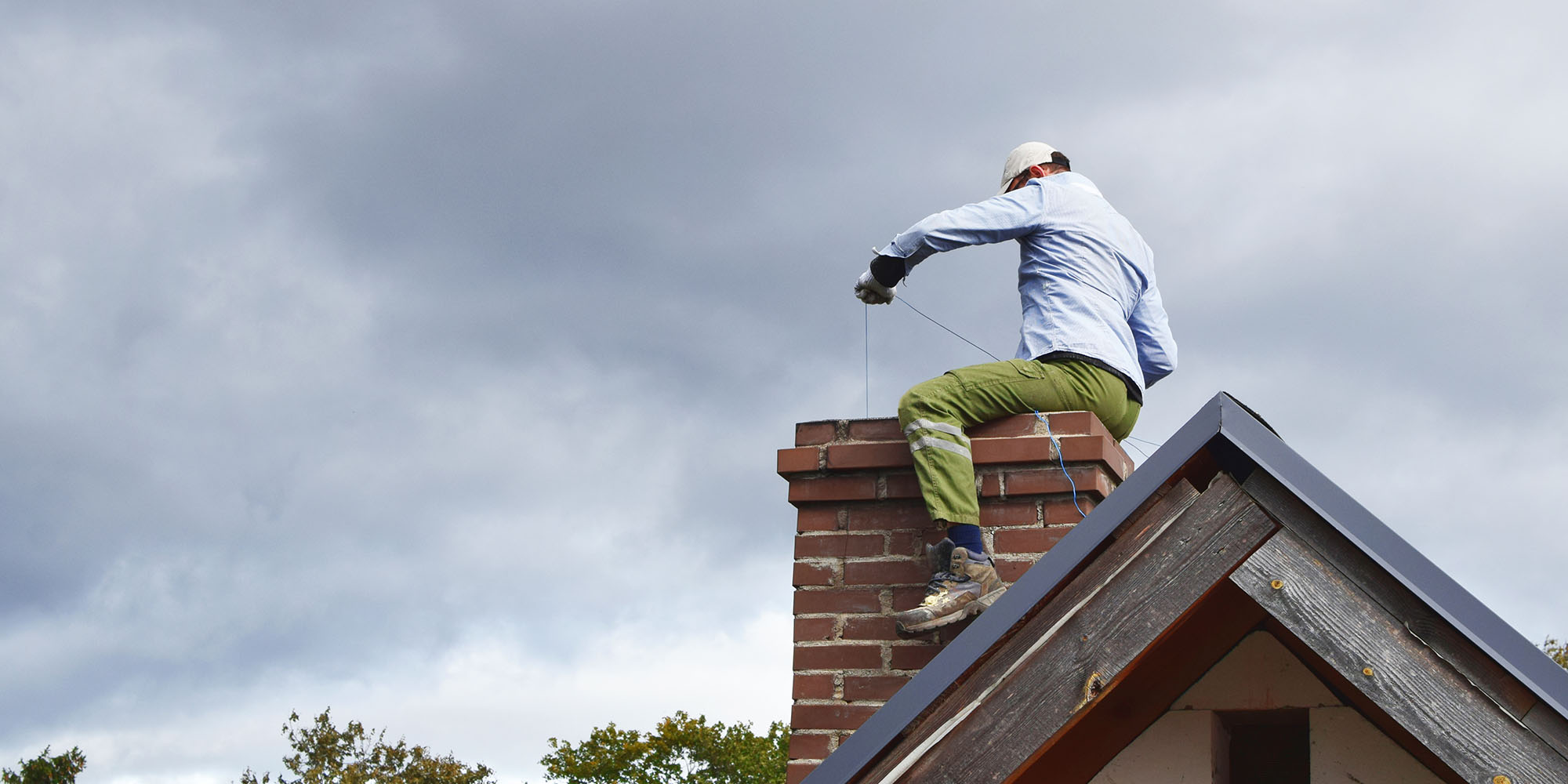
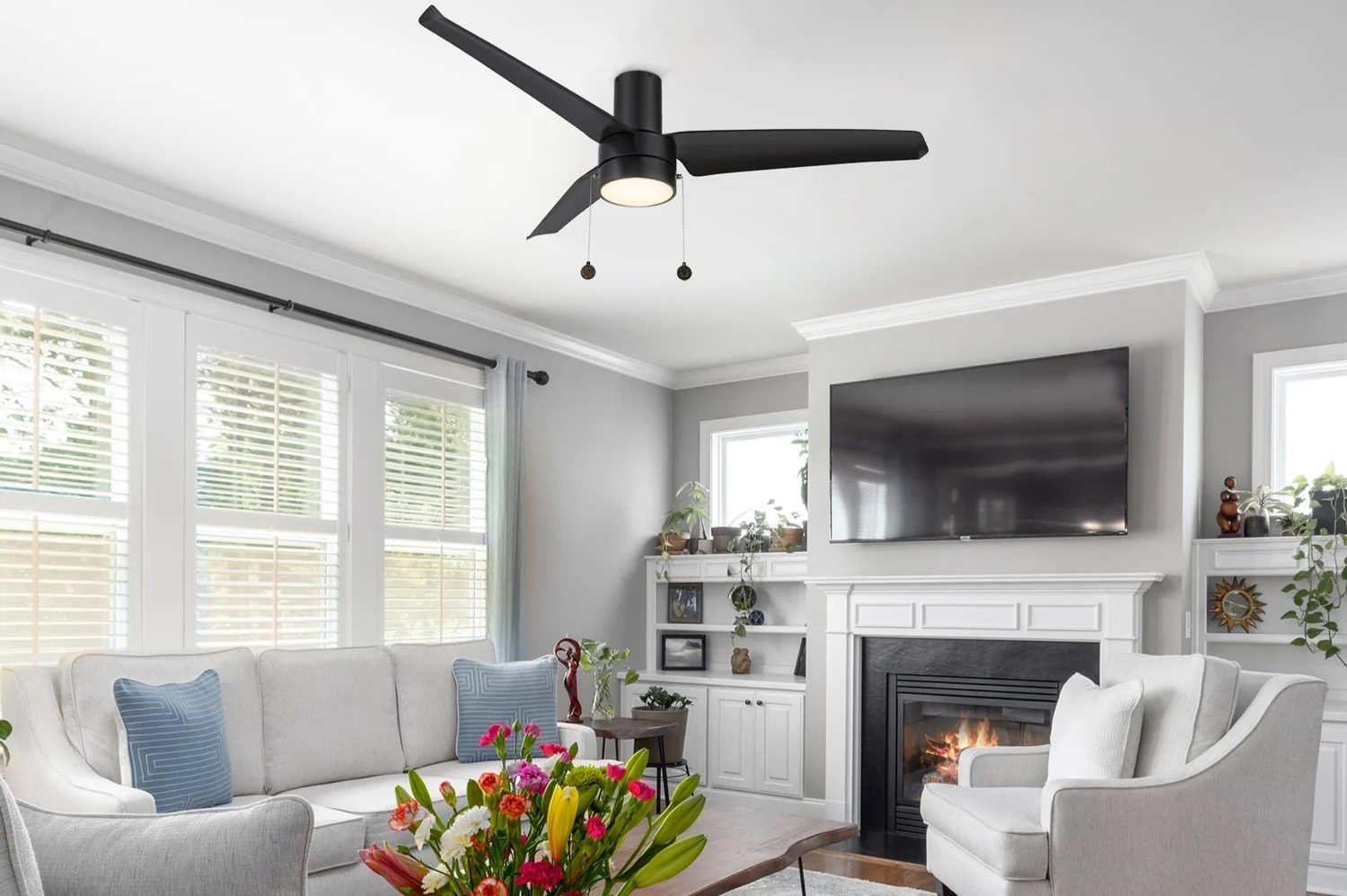
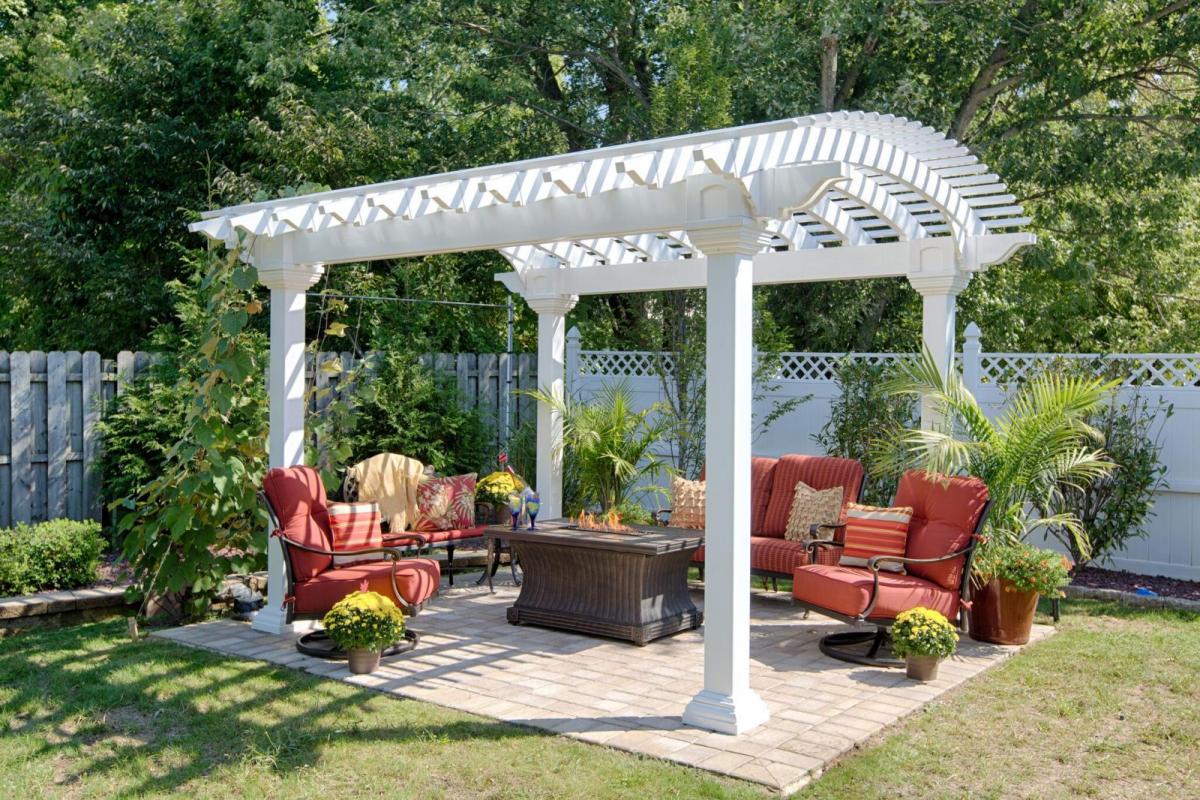
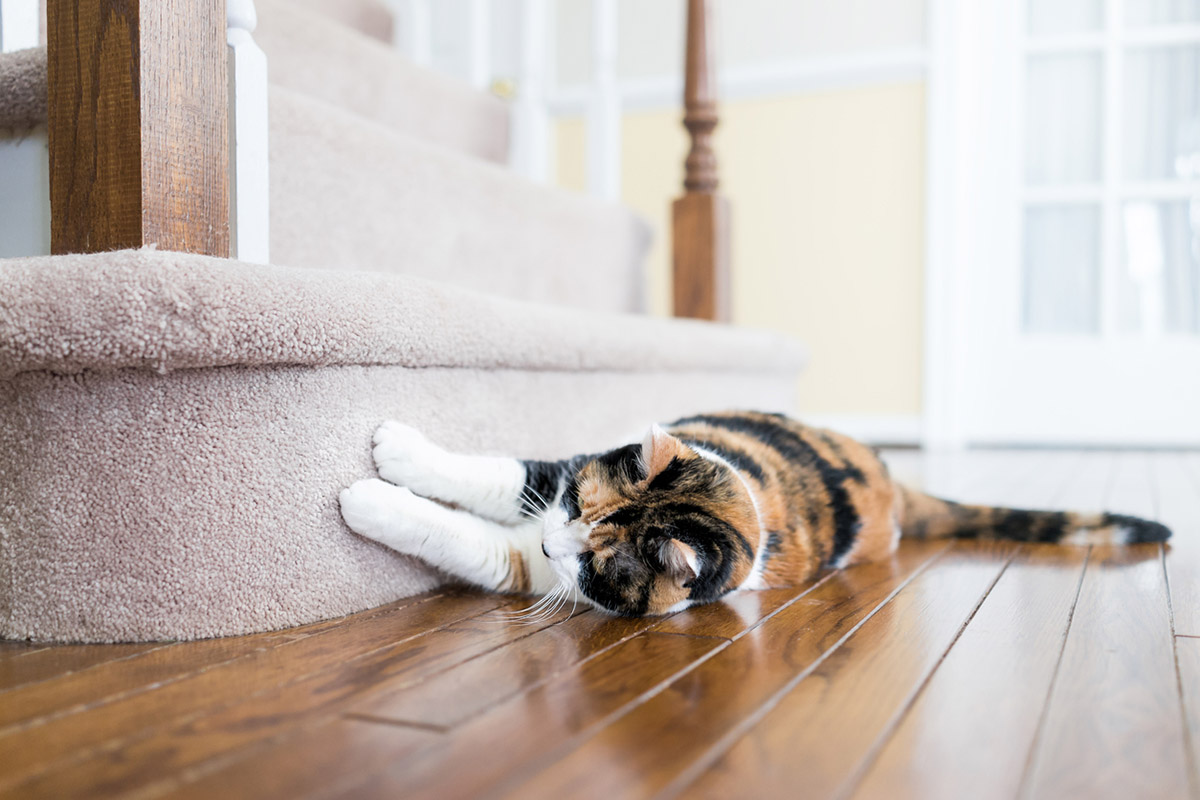
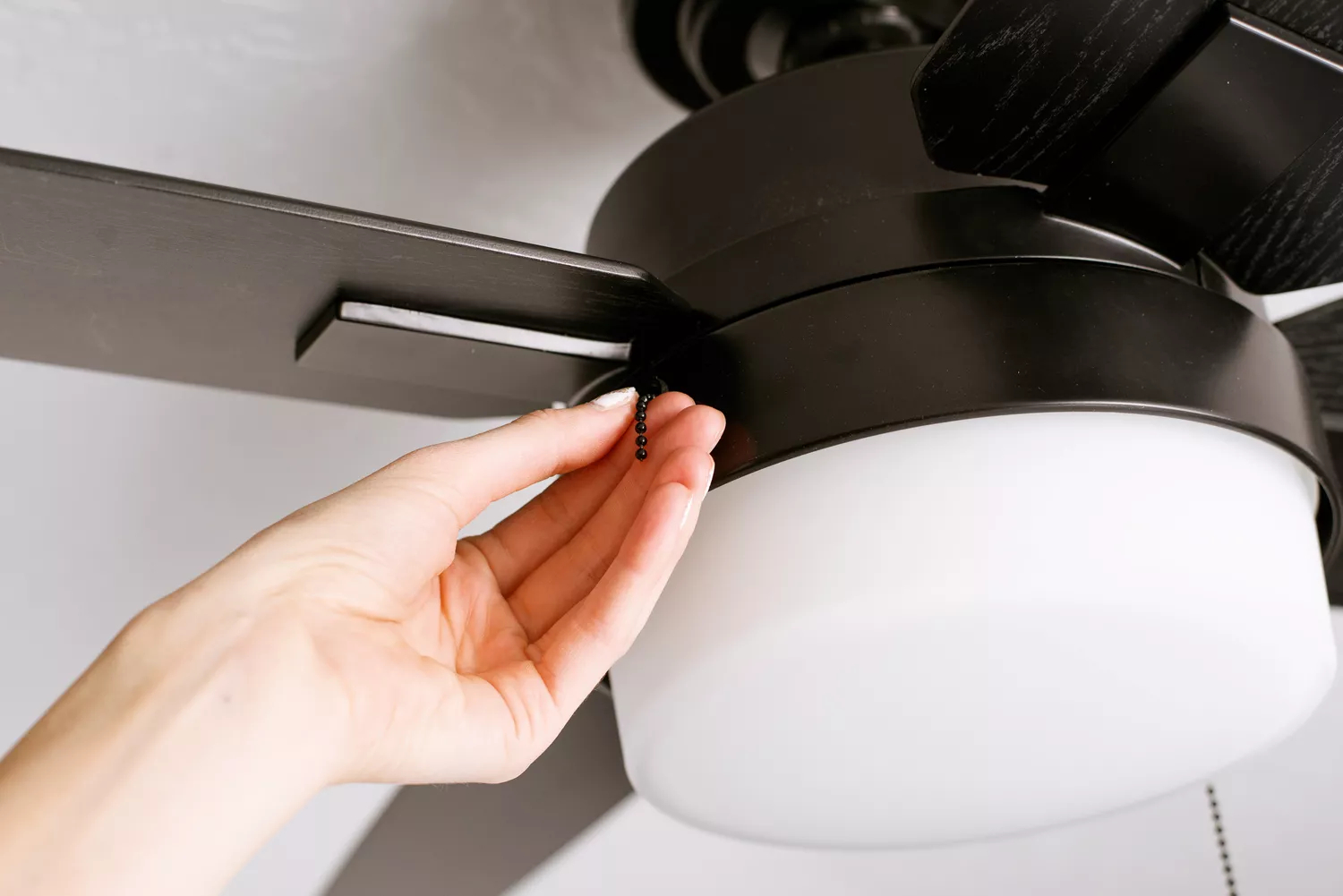
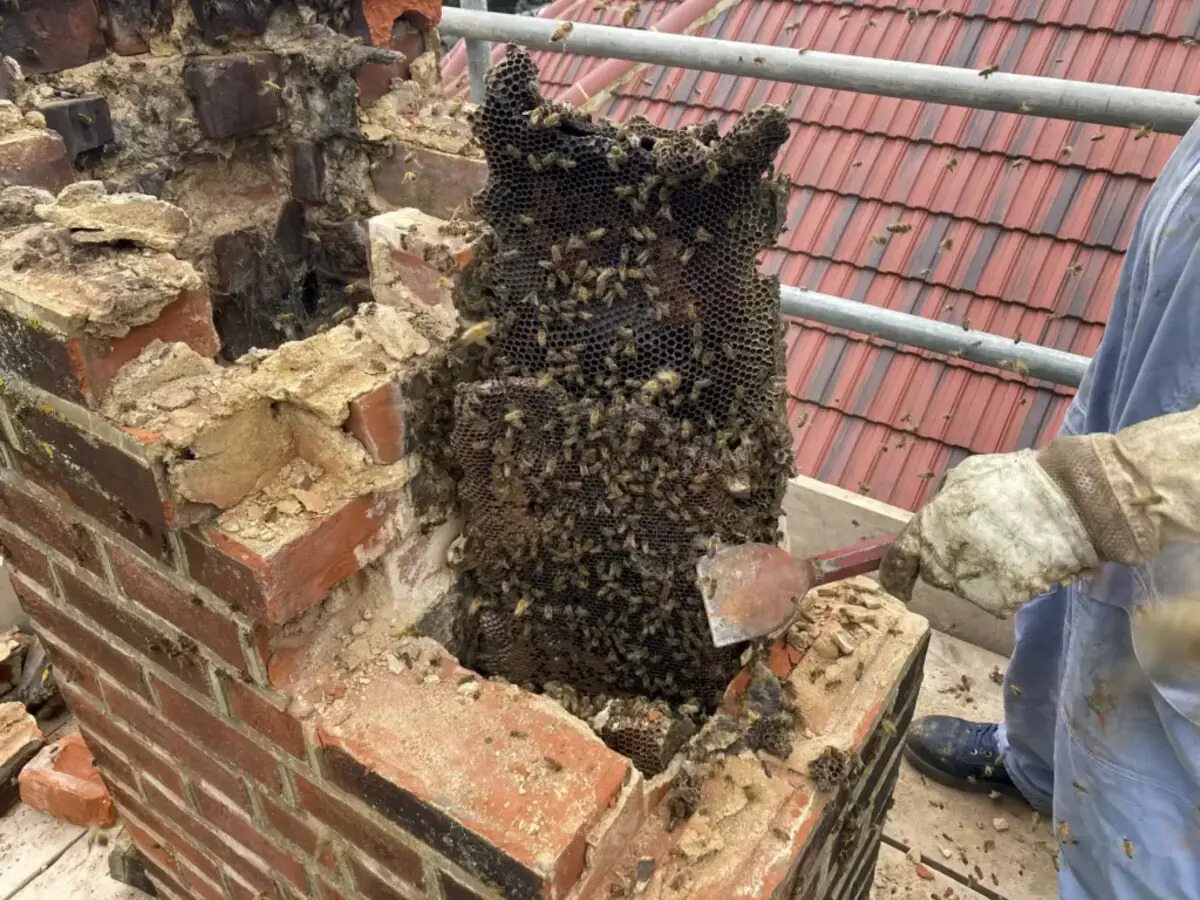
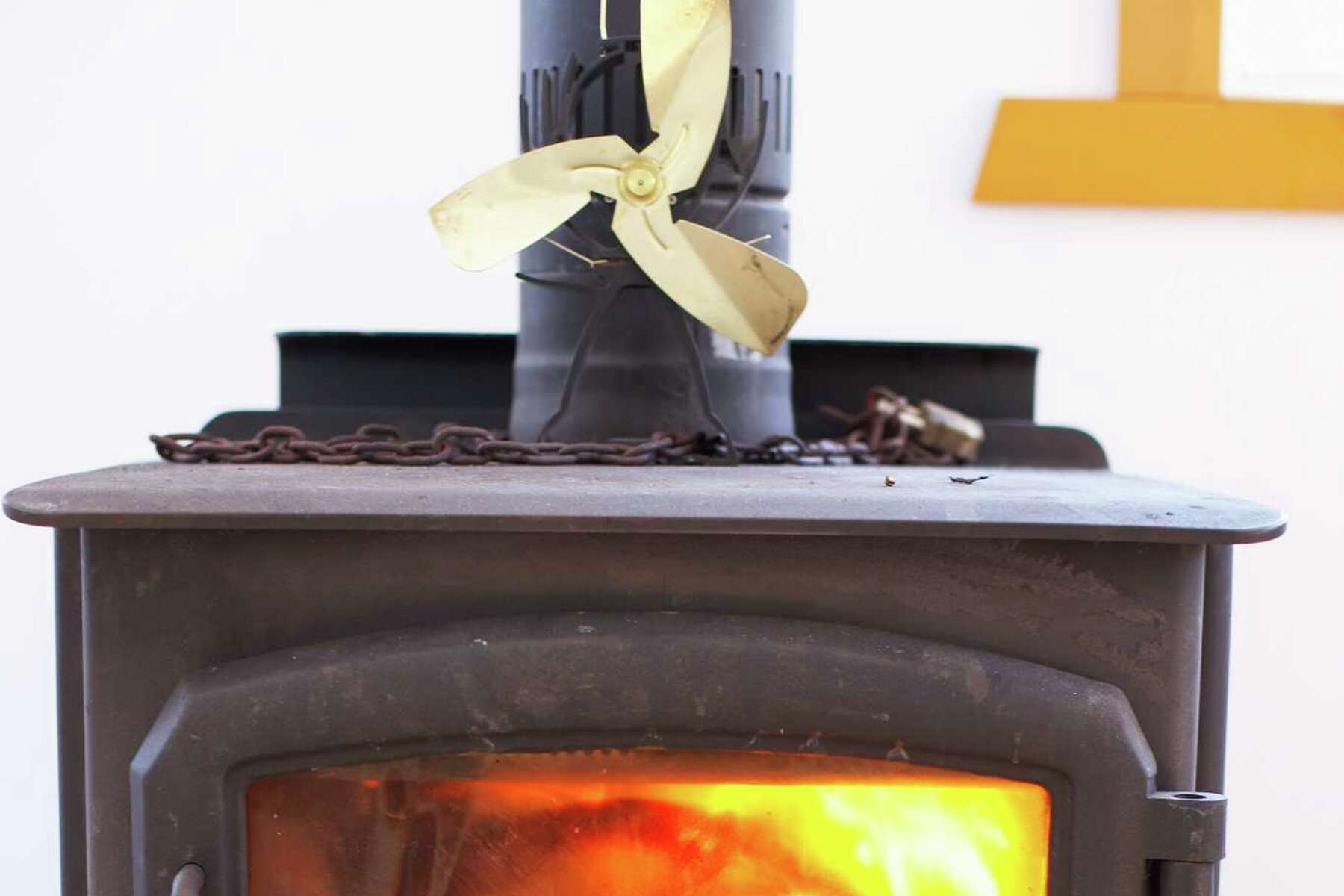


0 thoughts on “How To Fix Chimney Pulling Away From House”